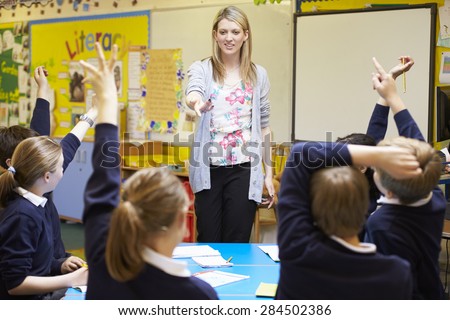
The
most interesting in this chapter was about how a teacher avoid solve every
single problem before the class Black (1993). Many years ago it was the way in
which teacher works inside of classroom, teachers makes mistakes when tell too much to students for example at
the beginning of class teacher says what they will do, what he prepared to them
obviously students need to know the objective of class but if teacher start the class telling the
about every detail of class it will transform as a boring habit losing the students´ interest in learning. Nowadays the
majority of teachers try to find activities that help to them during the learning process, for example; at
the end of class students are accustomed listen to teacher summary a good
activity to change it will be that instead of listening to teacher any of
students can collaborate
summarizing about main points of class. These type of activities let to teacher
control the learning process while students transform in the center off class.
In the following video you can find relevant information about Facilitative learning and what are the most important advantage about start transforming learning.
References





